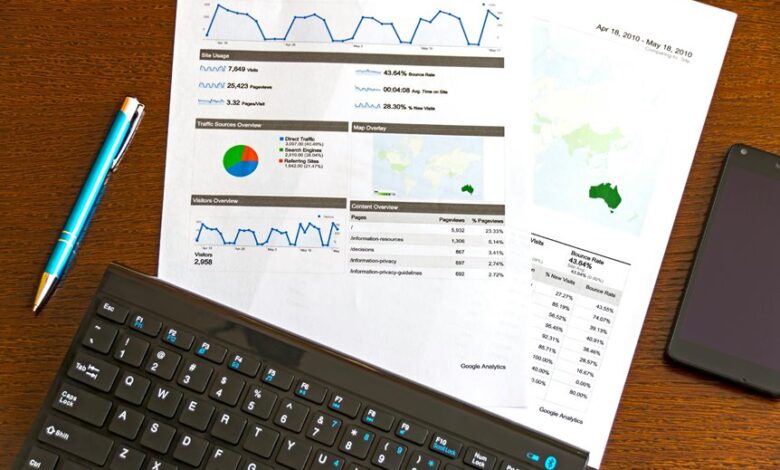Financial Data Review: 5034614677, 5034940900, 5036169023, 5037826511, 5042036555, 5043690002

The financial data review of identifiers 5034614677, 5034940900, 5036169023, 5037826511, 5042036555, and 5043690002 prompts a critical examination of market dynamics. Each identifier offers a distinct perspective on trends and performance metrics. By analyzing these data points, stakeholders can uncover valuable insights that may influence investment strategies. Understanding the implications of these findings could reveal opportunities or risks that warrant further exploration. What patterns will emerge from this analysis?
Overview of Financial Data Identifiers
Financial data identifiers serve as essential tools in the realm of economic analysis, facilitating the accurate classification and retrieval of financial information.
These identifiers enhance data accuracy by providing unique references to various financial entities and instruments.
Analysis of Each Data Point
Data points within financial datasets represent individual metrics that contribute to comprehensive analyses, each carrying unique implications for decision-making.
Analyzing these points reveals critical data trends that inform risk assessment strategies. By examining patterns and anomalies, analysts can discern underlying financial health, enabling them to make informed choices.
Each data point serves as a vital cog in the machinery of financial insight and decision-making.
Implications for Investors and Analysts
While understanding individual data points is crucial, the broader implications for investors and analysts extend beyond mere metrics.
Investment strategies must adapt to emerging market trends highlighted by these figures. Awareness of fluctuations can guide decision-making, ensuring that stakeholders remain agile and informed.
Ultimately, these insights foster a climate of strategic freedom, enabling more nuanced and effective financial planning.
Conclusion
In conclusion, the financial data identifiers examined reveal a landscape as intricate as a spider’s web, with each metric influencing and interconnecting with the others. The insights gleaned from this analysis provide valuable guidance for investors and analysts alike, highlighting the importance of continuous monitoring in a rapidly evolving market. By understanding these patterns, stakeholders can navigate potential risks and seize opportunities, ultimately enhancing their strategic decision-making processes.


